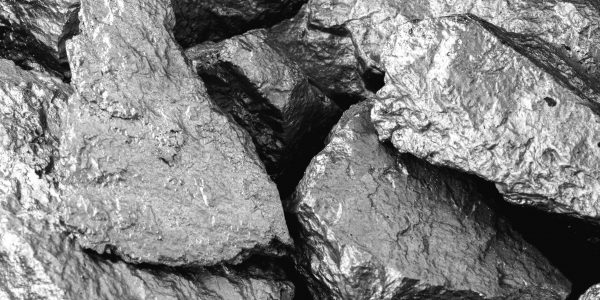Casting
Mastering Metal Casting
Casting is the process of creating metal objects by introducing molten metal into a mold cavity. As the metal cools, it hardens into the shape of the mold cavity forming the final part. E-BI has developed the global supply chains and necessary casting expertise to provide manufacturing services for any type of casting for our customers, from die casting to metal injection molding and more.
E-BI Has Over 20 Years of Experience in a Wide Variety of Casting Processes
Centrifugal Casting
Centrifugal casting delivers a very high material soundness for parts that require a high level of reliability. This type of casting is most applicable for parts symmetrical about an axis. Molten metal is poured into a die which is spun at high speeds. The impurities within the molten metal migrate to the most outer surfaces of the part which are typically removed during post machining processes. The final result is a part that is made of a purer form of metal.
Die Casting
Die casting is one of the most common forms of casting. Due to the relatively large capital costs associated with machinery and tooling, die casting is generally used for high volume production of small to medium sizes parts. Molten metal is forced into a die at high pressures and then hardens as it cools into the shape of the die. Die casting will produce dimensionally consistent parts with a high quality surface finish.
Investment Casting
A very economical form of casting, investment casting uses takes wax replica of the finished part that is dipped into ceramic and then assembled to a free structure that holds many wax replicas. The wax is then melted out of the ceramic leaving behind a hollow cavity that the metal fills and hardens inside of. Because wax is used, only a single master die is needed and can be repeatedly used for quick replication of parts. The wax can also be reused for cost reduction purposes. The end result of investment casting is dimensionally consistent parts with a very high quality surface finish.
Lost Foam Casting
Similar to investment casting, lost foam casting uses a very light polystyrene foam (about 97.5% air) that is dipped in ceramic to form a mold. The low melting temperature of the foam eliminates the need to remove the foam before pouring the metal. When the metal is poured into the mold the foam vaporizes and the metal fills the mold and hardens. Investment casting is suitable for producing complex parts with thicker walls (2.5mm minimum) and also is suitable for producing integrated parts, while other casting processes may require manufacturing multiple separate parts.
Sand Casting
Around 60% of all cast parts are produced using sand casting, making it the most commonly used casting process. Sand casting uses sand molds that are formed with a clay bonding agent. Sand casting can be used to produce complex metal parts but is one the of the slower casting processes because the the mold must be broken off the hardened metal part once the metal is poured into the mold. Sand casting is commonly used for producing engine blocks and other engine or drive train components.
Permanent Mold Casting
Permanent mold casting utilizes reusable molds typically made from metal. A hollow mold consisting of two parts is fastened together and liquid metal is poured into the mold via gravity. Sometimes gas or vacuum is used to guide the flow the metal into the mold. Using reusable molds allows for a faster cycle time producing more parts than sand casting. Permanent mold cast parts will also typically have better dimensional stability than sand cast parts.
Plaster Mold Casting
Plaster mold casting is identical to sand casting except plaster, specifically plaster of Paris, is used as the mold material instead of sand. Plaster mold casting can only be used with non-ferrous metals and is a rather slow casting process relative to other forms of casting. Plaster mold casting produces parts that are dimensionally stable, and is typically used lock components, gears, valves, fittings, tooling, and ornaments.
Shell Mold Casting
Derived from sand casting, shell mold casting uses a metal pattern that is then dipped into a sand resin mixture. the sand resin adheres to the metal pattern creating a thin-walled shell of the desired part. Because the metal pattern is reused to create many shells, shel mold casting allows for a faster production rate relative to sand casting. The resultant parts have a higher dimensional accuracy than sand casting and is a less labor intensive process overall.
Squeeze Casting
Metal is poured at laminar flow into a mold. Once the mold is filled, the pressure is increased to over 100 MPa. The part is held at this pressure while the metal cools to eliminate any shrinkage of the metal. Squeeze casting also removes all air bubbles that may be present in other forms of casting resulting in a more pure, solid part.
Metal Injection Molding
Metal injection molding is a process adopted from plastic injection molding. Using very similar machines, metal is fed into a mold at high pressure through a nozzle just as it would during plastic injection molding. Metal injection molding produces some of the most accurate dimensionally stable metal parts of all casting processes. Metal injection molding can be conducted at molten temperature or semi-solid temperature, resulting in different mechanical properties.
Thixomolding / Thixoforming
Thixomolding and thixoforming are special processes using metal injection molding with magnesium metal. Thixomolding uses metal at a molten temperature and thixoforming uses metal at a simi-solid state. Magnesium has many advantages over steel in metal forming including a lighter weight and a higher strength to weight ratio.

Deciphering Casting Processes
Many of the various casting processes may seem similar, but there are significant differences between each of them resulting in different part geometry and structure. E-BI’s casting speciality team is well versed in the advantages and disadvantages of each process. Our team’s wealth of professional casting experience will help you determine the best process for your specific application that is both mechanically stable and cost effective.
A Sampling of Materials We Are Experienced In
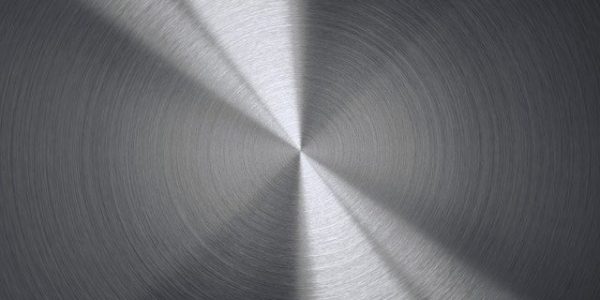
Stainless Steel
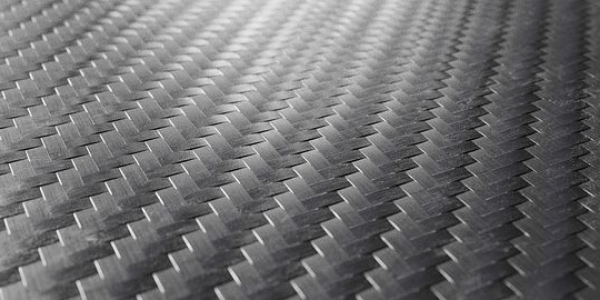
Carbon Steel
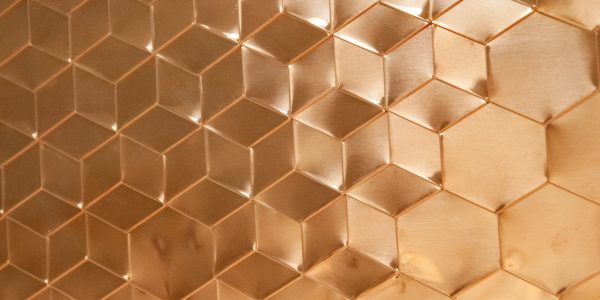
Copper

Aluminum
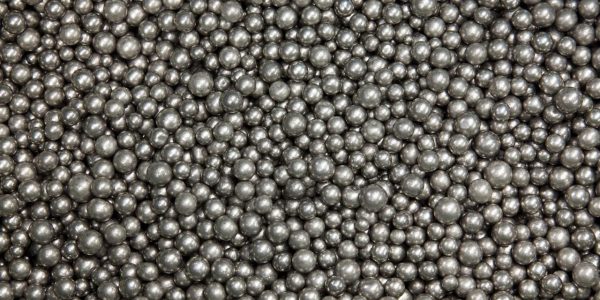
Nickel
